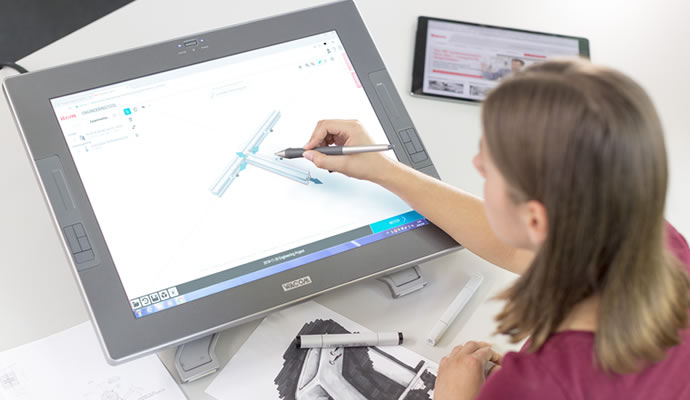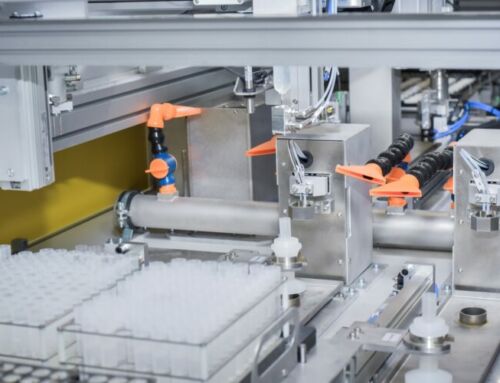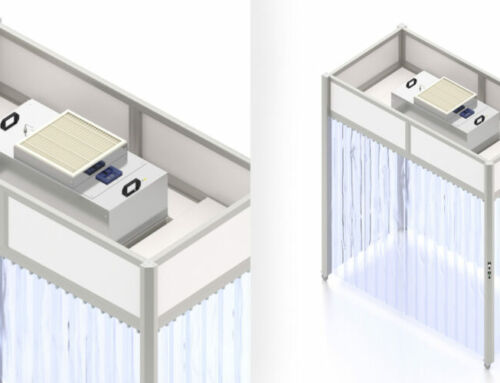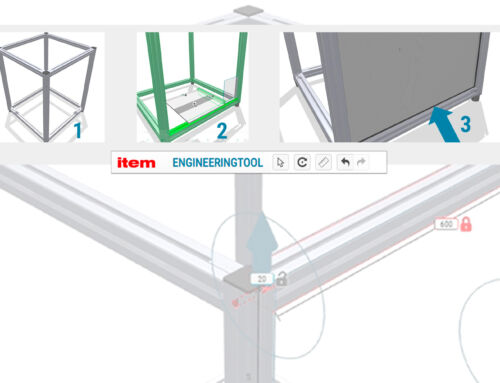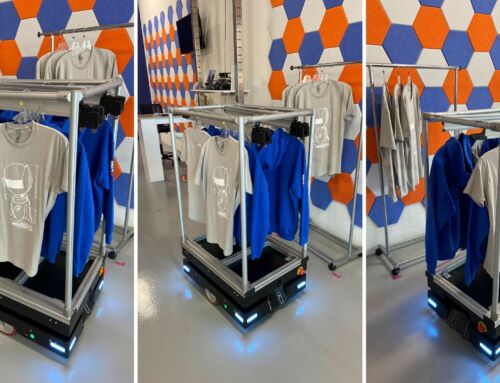Industry 4.0-Are you ready?
The fourth industrial revolution (or commonly referred to as Industry 4.0) is the current trend of automation and data exchange in manufacturing technologies. From increasing speed to improving communication, Industry 4.0 is quickly transforming our society. Matt Carter from item West presented the top six technology trends driving Industry 4.0 and how to recruit and train personnel in these new advances to manufacturing during a webinar with Assembly Magazine.
What’s driving Industry 4.0?
There are six technologies driving Industry 4.0: Automation, Internet of Things, Digital Platforms, 3D Printing, Augmented Reality (AR) and Virtual Reality (VR) and data exchange in manufacturing technologies. Matt touched on each technology and explained the importance on each in the manufacturing world.
Automation is trend #1. This is simply the advances that we are seeing in robotics. From more fluid movements to greater precision, robots are beginning to complete more complex tasks that before only humans could. Many factories are beginning to use collaborative robots (called co-bots) that work alongside people to help with complex tasks. These co-bots are even capable of learning tasks, which is just the beginning of Artificial Intelligence (AI). Computer systems are now able to preform tasks such as visual perception, speech recognition, and decision-making all thanks to advances in Artificial Intelligence. In manufacturing, AI is primarily used to improve quality control. For example, Siemens uses AI in steel plants to analyze operating data to spot anomalies and optimize their facility.
The second trend in Industry 4.0 is the internet of things. What this means is that sensors on devices collect information about the object and its environment and share that data over the internet. The most commonplace example is Fitbit and its ability to count your steps or measure your heart rate and send that data over to your phone. However, the industrial applications of this are even more impressive! From measuring 150,000 data points per minute on GE’s locomotive to Airbus using sensors to track its factories this trend is a huge benefit to manufacturing. Some of the biggest benefits are predictive maintenance, self-optimizing production and automated inventory management. This is a huge step forward because these sensors will collect all the data and enables you to monitor the data and act on it when necessary.
“The item Engineeringtool, a digital workplace to complete engineering projects directly in your browser”
Trend #3 is digital platforms that enable the user to share something completely online. From PayPal to Facebook digital platforms have become common in our society but manufacturers are using digital platforms to collaborate with employees, customers, suppliers, and partners. One example of this is the item Engineeringtool, a digital workplace to complete engineering projects directly on your browser. With rules-based engineering, error correction and drag & drop functions, it’s easy to position profiles and automatically place machining work and fasteners with accuracy to the millimeter. You can even transfer projects to your CAD environment! It’s an easier way to share your designs with colleagues and partners around the world. Learn more about the item Engineeringtool here!
Trend #4 is the process of creating an object with a machine by adding material layer by layer or more commonly known as 3-D printing. Manufacturing is where 3-D printing or Additive Manufacturing (the industry term for 3-D printing) could have its most significant commercial impact. Additive Manufacturing (3-D Printing) provides many benefits such as efficient prototyping, creating parts or entire products on demand, producing new designs that weren’t possible with traditional processes and reducing material waste. For example, GE Aviation is working on printing select engine parts. New design possibilities. New material applications. It is a new frontier.
The next trend (Trend #5) is Virtual Reality (VR) and Augment Reality (AR). Virtual Reality (VR) is a computer-generated simulation of a 3-D image or environment that can be interreacted with in a seemingly real or physical way by a person using special electronic equipment, such as helmet with a screen inside or gloves fitted with sensors. Virtual Reality is totally immersive, meaning it fills your entire field of vision and feels like you are inside the created environment. Augment Reality (AR) is technology that superimposes a computer-generated image on a user’s view of the real world. It layers graphics on top of your view of the real world. Both technologies are more than a video game or gimmick, they offer clear directions/assistance for complex assembly, guidance for maintenance and expert support.
The final trend is data exchange in manufacturing technologies. This refers mainly to two technologies: cloud computing and data analytics. Cloud computing is a network of remote servers hosted on the internet to store, manage, and process data. This increases storage space, increase IT security as well as many other benefits. Data analytics is pulling actionable insights from all the information that is stored on the cloud. The benefits of this ranges from product quality and defect tracking to testing and simulation of new manufacturing process and so much more.
All that technology. So, what is most important?
People. No business can thrive without good people driving the company forward. So, how do you find and keep techy-savvy employees with all of these new innovations? The first thing you can do is recruit. Younger tech workers are often motivated by perks beyond salary. Many seek careers that provide a sense of personal fulfillment, so make a clear link between the job role and your company’s greater purpose. You can even plan for the future by offering mentorships and paid internship programs which encourages students to pursue STEM careers. However, companies should not just focus on finding new employees. Your current employees know your process and pain points best, but companies need to invest in training and ensuring that the training is engaging and easy to understand. Recruiting and training people are two vital things to focus on as all of these new innovations are introduced.
Feeling excited? Overwhelmed? Both? Don’t worry! It’s a lot to take in.
Industry 4.0 is an exciting time to experiment with new technologies and figure out what works for you. Don’t feel like you need to rush into anything. Just start with one line or even one station and Make sure to talk to your partners and see what is working for them. Finally, make sure to listen to your employees and give them opportunities to grow with these new technologies.
Looking to receive more information?
Watch our webinar online or contact us at sales@item24.us
